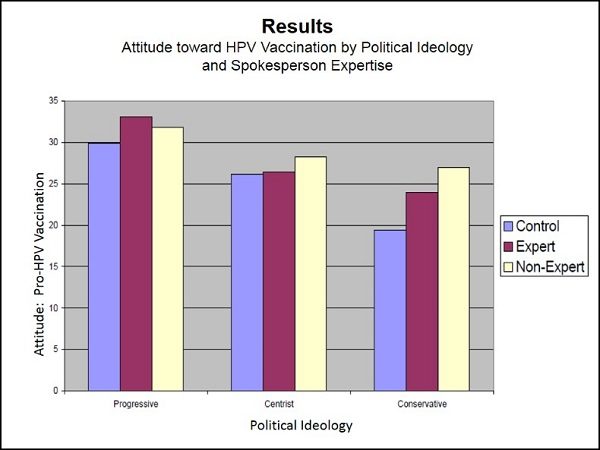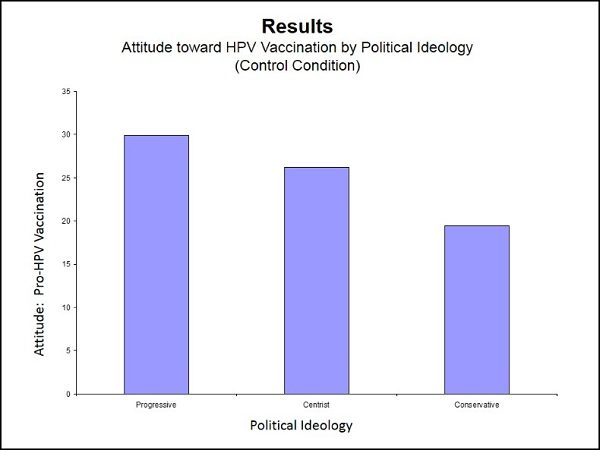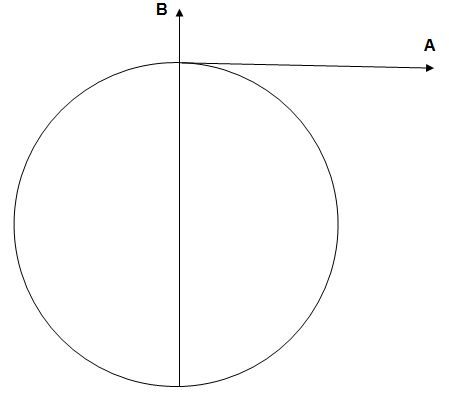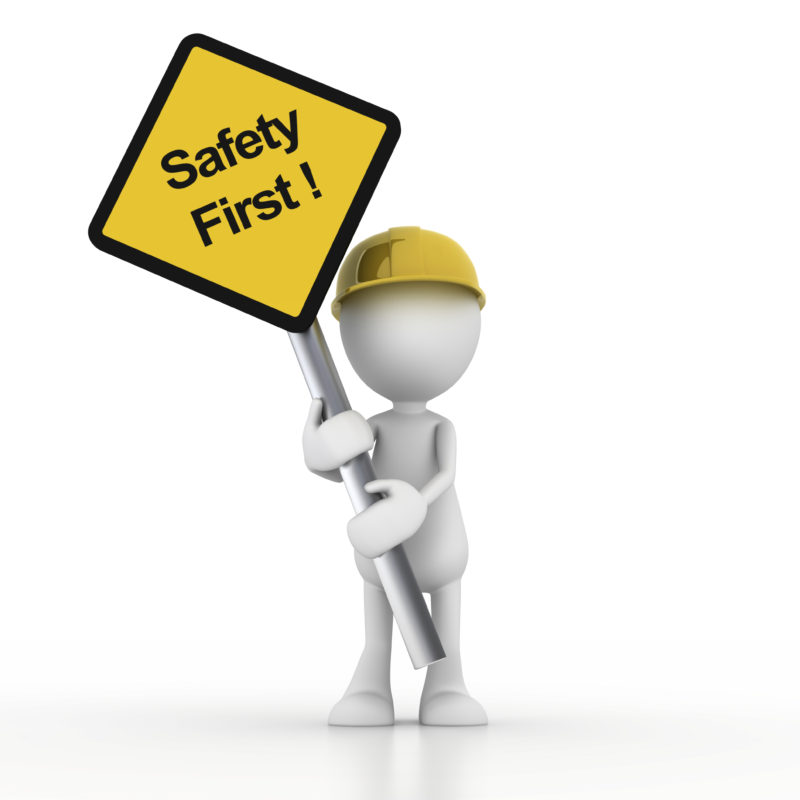Use this information to create your Creative Brief
Start no project without one!
Most communication departments and marketing agencies have a pre-printed Creative Brief form that is used to gather and organize the important background information necessary for getting a marketing project off to a promising start.
There is no universally used form. Most agencies develop their own (or steal one from an agency they admire). Feel free to use or adapt the following “best-parts-only” amalgam until you’re experienced enough to admire something better.
CLIENT – Client’s name (Learn to spell it correctly!)
PROJECT – Name and description of the project
OBJECTIVES – What are the client’s desired goals for the project? The client’s measurable goals? Secondary goals?
KEY DATES FOR DELIVERABLES – Final delivery date and interim deadlines
TARGET AUDIENCE(S) – The demographics, geographics, psychographics
MEDIA – What media will be used? Is there opportunity to suggest other alternatives?
CURRENT BRAND/IDENTITY & SLOGAN(?) – How well is the client known in the marketplace, and what is the reputation? Is there a slogan or tagline that must be used?
COMPETITIVE POSITION – What is the client’s position in the marketplace? Are there major competitors to consider and competitive claims to address? What are the competitive advantages and weaknesses?
TONE & PERSONALITY – Does the client have an established public personality? What personality would they like to project? What kind of tone would they like the advertising to project: authoritative, ironic, self-confident, self-effacing, whimsical, edgy, brash, youthfully exuberant, preachy, tongue-in-cheek, objective, informative, excited, calm, politically correct, laugh-out-loud funny, buttoned-down, British, Australian, New Yorker, Californian, Geeky, German, Russian, conservative, Aquarian, sports-minded…
KEY FEATURES TO HIGHLIGHT – What characteristics set the client (client’s products/services) apart? What characteristics must be mentioned to be considered competitive? What characteristics must be mentioned to justify key claims.
KEY BENEFITS TO HIGHLIGHT – How will the client (client’s products/services) improve the life and experience of the target audience? What are the priorities among all the possible benefits?
NOTES, SPECIAL INSTRUCTIONS – Additional thoughts, suggestions, hints about client preferences, wish lists, must-do’s, don’t do’s, please remember’s, and don’t forget’s.
IMMEDIATE TO-DO’S – What immediate follow-up actions are required, and whose responsibility are they? Who needs to do what, by when, to move the process along? When will we check back in to discuss progress? Shall we make a specific appointment?
ESCHEW AT YOUR PERIL!
Almost every time something goes wrong with a marketing project, it is because some part of the Creative Brief form was ignored, incomplete, or incorrect. This often happens because next to the Non-Compete Agreement, the Creative Brief is the most hated document in advertising.
Account executives hate Creative Briefs because they must gather all the information to create them from the client and in doing so reveal that they do not, in fact, know everything there is to know about the client’s business.
Copywriters hate Creative Briefs because no matter what information they carry, the copywriter could have written it better.
Art directors hate Creative Briefs because they’re just words on a page, and the copywriters are going to read them anyway so why bother me?
Project managers, however, LOVE Creative Briefs. If you are a Project Manager, your sacred duty is to uphold the tenets of the Creative Brief. It is your only true power over the people who create, produce and approve the project.



